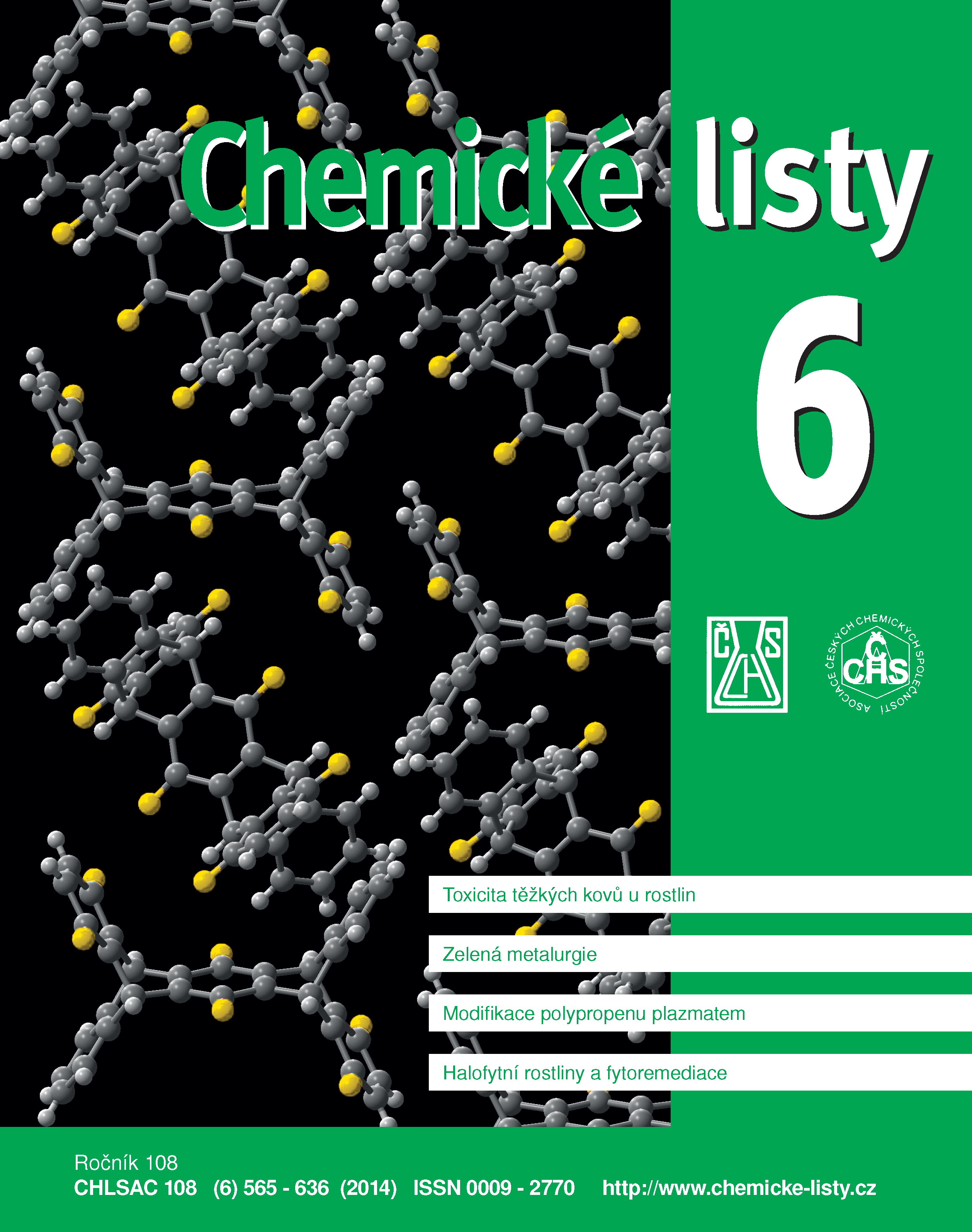Možnosti modifikácie povrchu polypropénu plazmou bariérového výboja a imobilizácia antibakteriálnych polysacharidov
Klíčová slova:
polypropén, bariérová plazma, chitozán, antibakteriálne vlastnostiAbstrakt
The increase in surface Gibbs energy of polypropylene (PP) by cold barrier plasma is a promising alternative to chemical modification. The advantage of using this discharge method compared with other types such as corona or glow discharge, consists in a better process control by homogenous plasma formation and in an efficient deposition of thin layers. As a result of the reactive site formation by plasma treatment, it is possible to initiate graft radical polymerization of acrylic acid, acrylamide or methyl methacrylate on PP surface, which leads to films with new physico-chemical properties such as morphology, thickness, polarity, and surface chemical composition. On the films thus formed it is possible to efficiently immobilize antibacterial polysaccharides, such as chitosan, pectin and cyclodextrin copolymers, which increase the PP biocompatibility by reducing the biofilm formation. This method can be used in food and textile industries, biomedicine and in production of new composites and nanocomposites.





